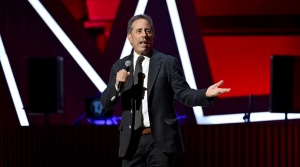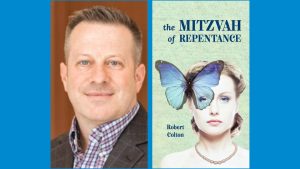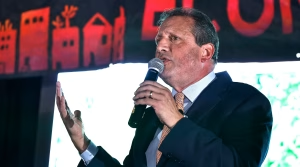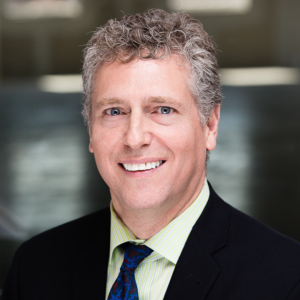A Rising Climate of Incivility
Published March 7, 2018
No one should be surprised at the latest report from the Anti-Defamation League that incidents of anti-Semitism surged last year.
And no one should take the report lightly.
According to figures released last week by the ADL (https://www.adl.org/news/press-releases/anti-semitic-incidents-surged-nearly-60-in-2017-according-to-new-adl-report), 2017 showed the largest single-year increase in anti-Semitic incidents on record, a jump of 57 percent. And the actual number of incidents in the United States, 1,986 – including physical assaults, vandalism and attacks on Jewish institutions — was the second-highest since the ADL began keeping track in the 1970s.
ADVERTISEMENT
Fueling the sharp rise overall was the second straight year of a near doubling of incidents in schools and college campuses.
In Missouri, the local ADL office reported that there were 10 acts of harassment and four acts of vandalism. It did not include the desecration last January of Chesed Shel Emeth cemetery in University City, because as regional ADL director Karen Aroesty noted, the real motive behind the damage has not been definitively determined.
She told the Jewish Light that as far as the impact of the crime was concerned, it “was as if it had been anti-Semitism, no question.” And, Aroesty added, “if it turns out that the perpetrators are identified and motive is determined and it’s not anti-Semitism, then we will reevaluate.”
Police have said that no evidence exists either way to show that the crime was or was not fueled by anti-Semitism. An investigation continues.
ADVERTISEMENT
But as Aroesty noted, regardless of whether solid proof of motive exists, the effect is clear. Jonathan Greenblatt, chief executive and national director of the ADL, pointed to cemetery desecrations, including one in Pennsylvania shortly after the Chesed Shel Emeth incident, as well as the white supremacist march in Charlottesville, Virginia, as symptomatic of what he called “a rising climate of incivility.”
Citing “the emboldening of hate groups and widening divisions in society,” Greenblatt said the ADL plans to work harder than ever to combat the scourge.
“In reflecting on this time and understanding it better with this new data,” he said, “we feel even more committed to our century-old mission to stop the defamation of the Jewish people, and to secure justice and fair treatment to all…. Anti-Semitism may be the oldest hatred, but it is deeply felt today and we will never give up on our important work to ensure our communities are safe for each and every one.”
The ADL’s platform to counter and combat hate includes stronger laws against bomb threats to religious institutions; better training for campus personnel to respond to anti-Semitism in higher education; and a general effort to urge all public officials to use their bully pulpit to denounce incidents of hate at every opportunity.
Preaching tolerance, vigilance and effective law enforcement can be a powerful three-pronged attack against the spreading sickness of anti-Semitism. And urging all public officials to be more temperate in their comments should let hate groups learn that their vile message is no longer welcome.
Let’s hope that next year’s numbers show that such an approach has worked and the rising tide of incivility has turned.















